Kawasaki Disease Vs Scarlet Fever
Kawasaki disease vs scarlet fever. It is also known as mucocutaneous lymph node disease. If untreated it lasts for an average of 11 days although fever lasting several weeks has. Bulbar conjunctivitis no exudate Mucositis.
Both Kawasaki disease and Scarlet fever cause elevations in body temperature adenopathy strawberry tongue rash and desquamationThe fever in Kawasaki dis. The fever of Kawasaki disease is usually higher than 1022F 39C and often above 1040F 40C. Swelling and reddening of the hands and feet.
Red cracked lips red mouth and throat strawberry tongue. Also read about multisystem inflammatory syndrome in children MIS-C a disease similar to Kawasaki disease but linked to COVID-19. If the fever isnt treated it can last up to 11 days The fever is accompanied by at least four of the following five symptoms.
The clinical features of Kawasaki disease can be mistaken for other illnesses such as streptococcal or staphylococcal infections scarlet fever or toxic shock syndrome parasite or viral infections leptospirosis measles or adenovirus and drug reactions Stevens-Johnson syndrome. The disease is caused by staphylococcal or group A streptococcal infections. Kawasaki Disease also known as Kawasaki syndrome is a condition predominantly affecting children under the age of 5 but older children and adults may be affected as well.
The rash oral and peripheral changes of scarlet fever are similar to Kawasaki disease but the lymphadenopathy is more extensive and conjunctivitis is not seen. A rash over the torso especially in the groin area. Staphylococcal scalded skin syndrome also shares some features with Kawasaki disease but.
Its possible to mistake the clinical features of Kawasaki disease for other illnesses such as streptococcal or staphylococcal infections scarlet fever or toxic shock syndrome parasitic or viral infections leptospirosis measles or adenovirus and drug reactions Stevens-Johnson. Cunha BA Pherez FM Alexiadis V Gagos M Strollo S. Kawasaki disease is an uncommon illness in children that causes fever swollen lymph nodes sore throat rash redness or swelling of the hands or feet and conjunctivitis.
Kawasaki disease is a mysterious illness of unknown cause although some scientists suspect that the cause may be an infection such as a virus or a toxin from a bacterium. Experience of fixed-rate pacing with an.
Its possible to mistake the clinical features of Kawasaki disease for other illnesses such as streptococcal or staphylococcal infections scarlet fever or toxic shock syndrome parasitic or viral infections leptospirosis measles or adenovirus and drug reactions Stevens-Johnson.
The rash oral and peripheral changes of scarlet fever are similar to Kawasaki disease but the lymphadenopathy is more extensive and conjunctivitis is not seen. Many develop acute respiratory distress hypotension and shock. Epub 2009 Sep 3 doi. The rash in scarlet fever normally begins on day 23 of the illness starting in the groins or axillae and rapidly spreading to the trunk arms and. Kawasaki disease KD is diagnosed when a patient runs a fever of 101F 104F and above for at least five days. A rash over the torso especially in the groin area. Its possible to mistake the clinical features of Kawasaki disease for other illnesses such as streptococcal or staphylococcal infections scarlet fever or toxic shock syndrome parasitic or viral infections leptospirosis measles or adenovirus and drug reactions Stevens-Johnson. Seven to 10 days later desquamation. Both Kawasaki disease and Scarlet fever cause elevations in body temperature adenopathy strawberry tongue rash and desquamationThe fever in Kawasaki dis.
It primarily involves inflammation of the blood vessels and includes symptoms such as red swollen eyes lips and mouth. Kawasaki disease is an uncommon illness in children that causes fever swollen lymph nodes sore throat rash redness or swelling of the hands or feet and conjunctivitis. A rash over the torso especially in the groin area. Kawasaki disease is a mysterious illness of unknown cause although some scientists suspect that the cause may be an infection such as a virus or a toxin from a bacterium. Kawasaki disease is a rare illness that typically strikes children younger than age 5. Important differential diagnoses for a rash in the aforementioned regions in the setting of fever are toxic shock syndrome and group A streptococcal infections particularly scarlet fever. Epub 2009 Sep 3 doi.




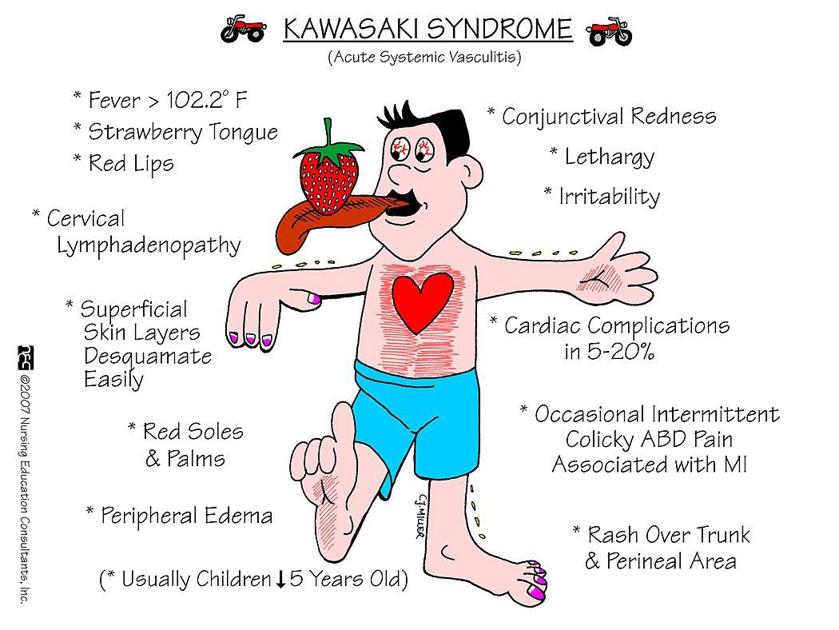

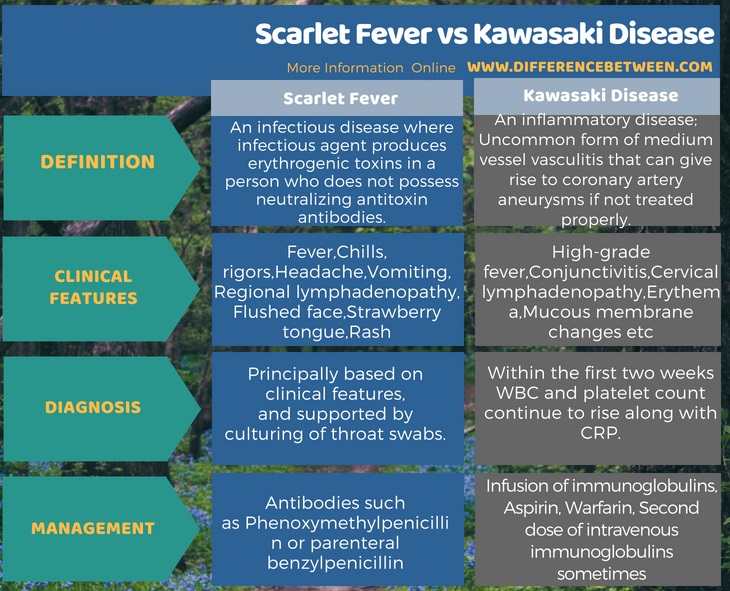











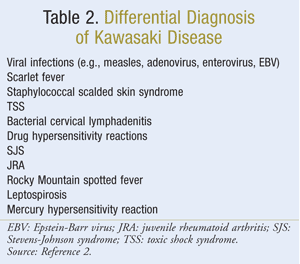







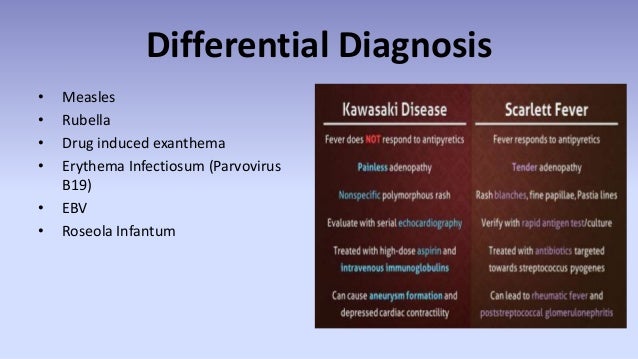








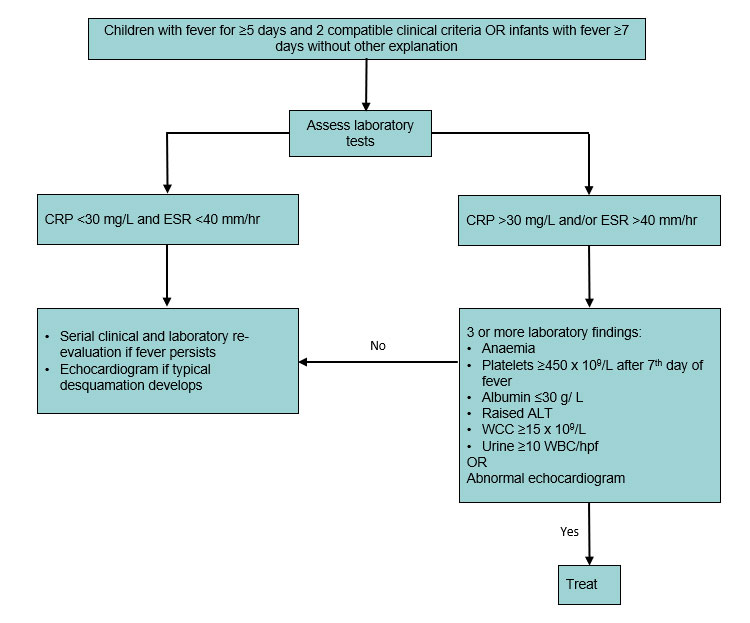



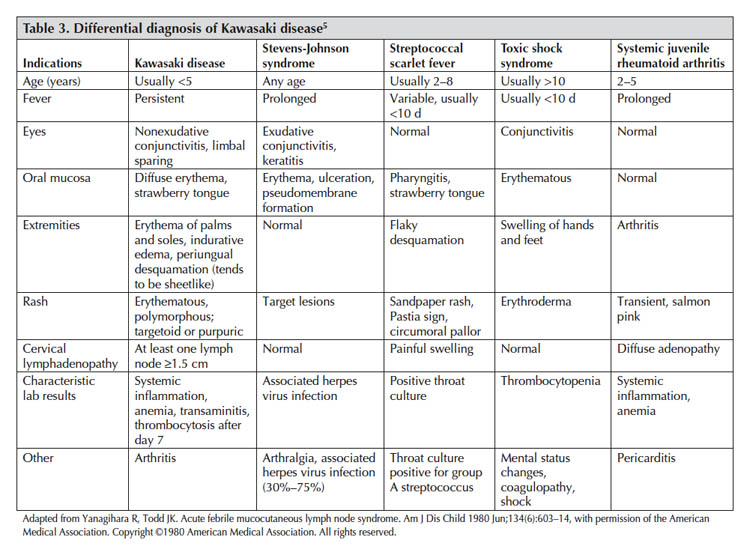

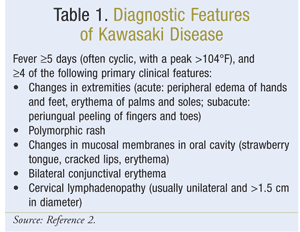
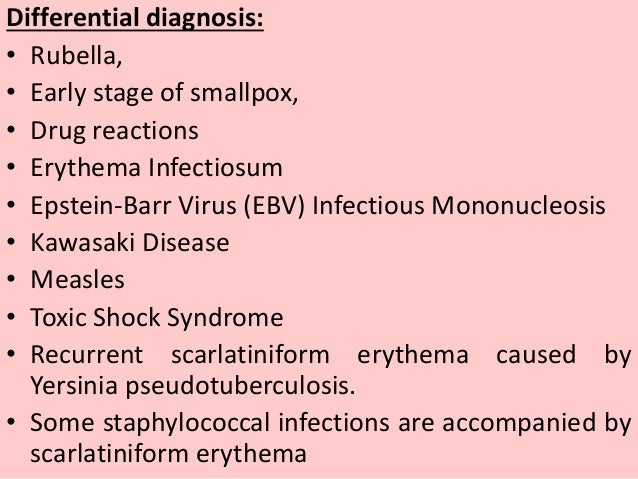



Post a Comment for "Kawasaki Disease Vs Scarlet Fever"